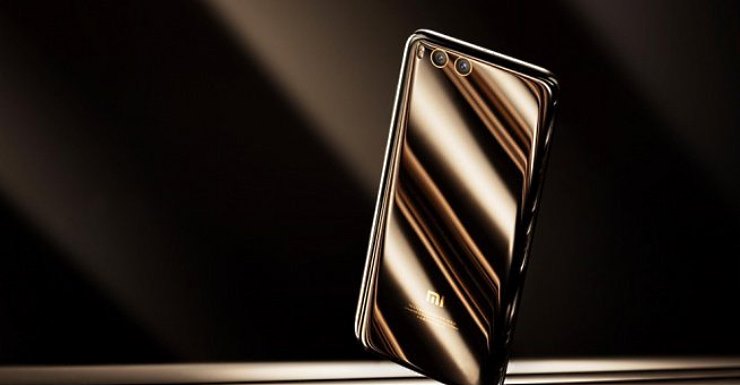Chinese smartphone company Xiaomi is likely to launch its Mi7 flagship smartphone with 3D sensing technology in Q3 2018. Apple has enjoyed a monopoly in 3D face sensing technology until now and it may continue to do so until the next range of flagship phones with 3D facial sensing tech comes from different companies. But Xiaomi may have stolen a march over its competitors in this area.

Xiaomi can move ahead of its competitors – Samsung, Huawei etc – in 3D facial recognition faster because it incorporates Qualcomm’s designs and technology in their phones to get the feature. On the other hand, Samsung and Huawei are opting for their in-house technology and methods to get the feature in their upcoming phones and that’s the reason why they will take a lot of time to achieve the same. Being the leader in such technologies, Qualcomm will help Xiaomi achieve this feat much before its competitors.
Xiaomi had planned to launch the Mi7 smartphone in the first quarter of the year, but postponed it to later this year due to software-related problems with Qualcomm’s processor and 3D face sensing. 3D Face Sensing is only compatible with Snapdragon 845 SoC, which Samsung and Huawei are not opting for, but Mi is ready to introduce the first Android phone to showcase this feature.
Qualcomm, Himax Technologies, and Truly Opto-Electronics have jointly made the most advanced 3D sensing technology available for Android OEMs. This ultimately means that companies trying to get 3D face sensing technology for phones without their flagship processor 845 will not get the feature in their phones and hence, they’ll have to wait for further developments.
Samsung is supposed to launch the feature in their upcoming Samsung Galaxy S10 in 2019 and Huawei hasn’t introduced the feature in their upcoming flagship P20 and P20 Pro.
With the world moving towards 3D face sensing technology, reports claim that by 2020, almost one billion smartphones will be powered with face sensing technology as the default method to unlock phone.
Official reports from trusted sources say that the mass adoption of face sensing technology for android phones will not take place until 2019, with huge companies struggling to source vertical-cavity surface-emitting lasers or VCSELs, which are a key component of Apple’s TrueDepth camera, which is used for Face ID.
[“Source-cartoq”]






